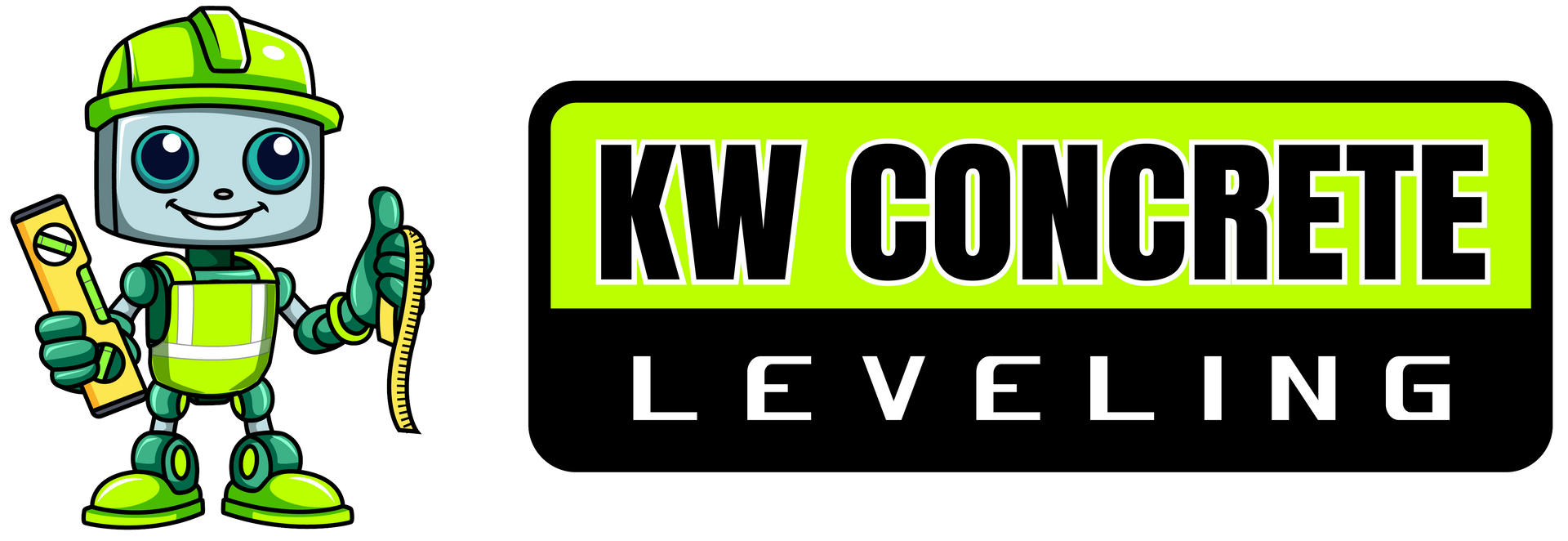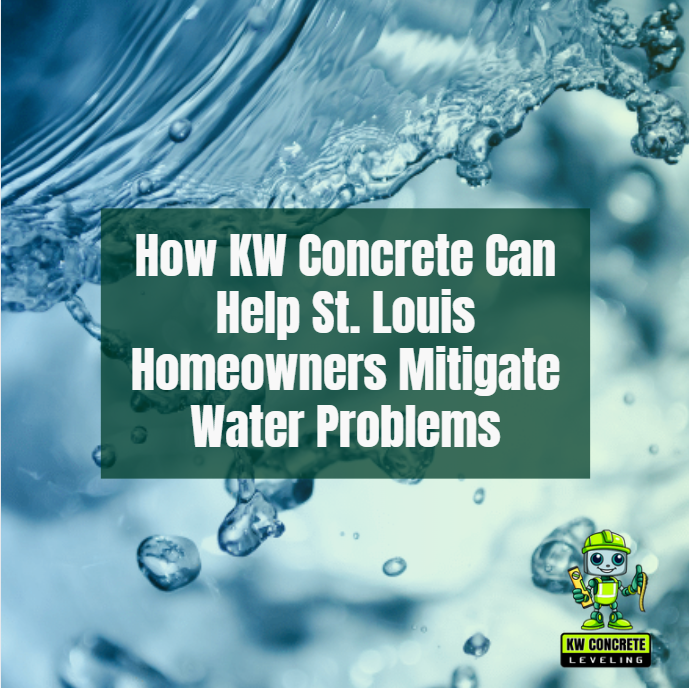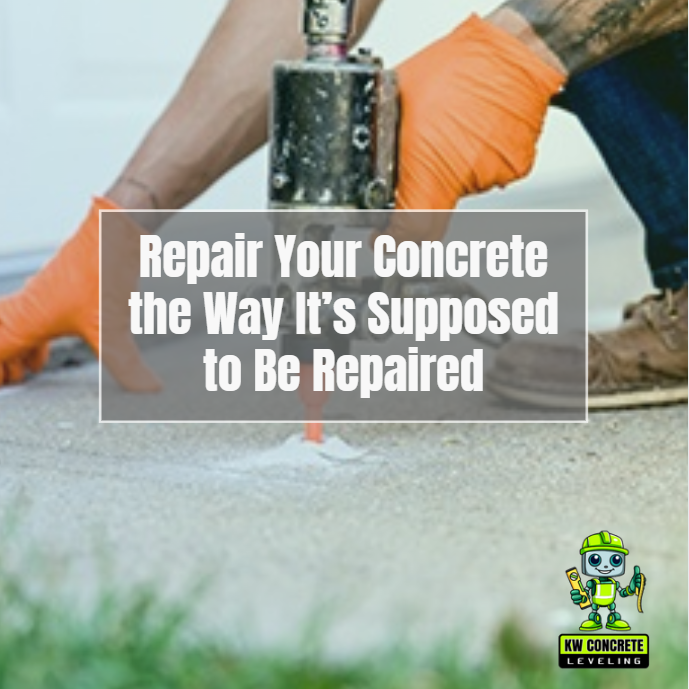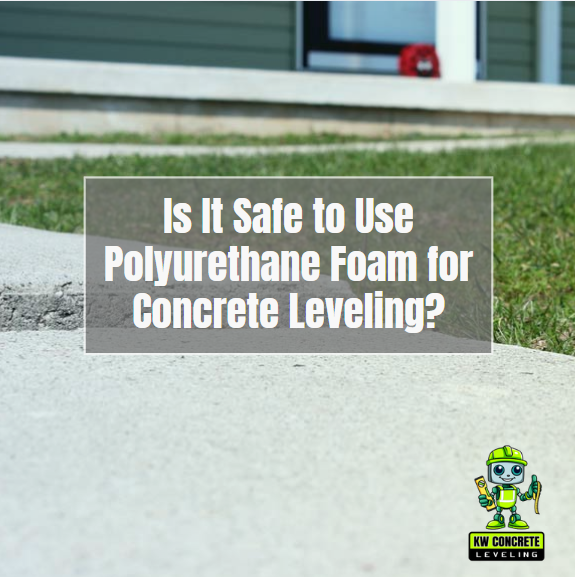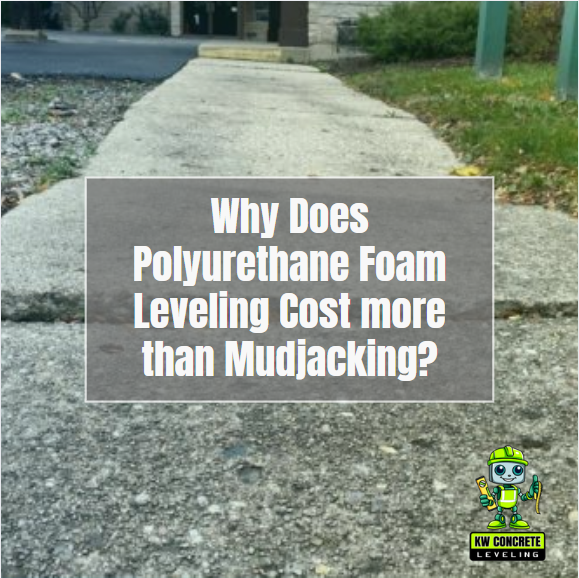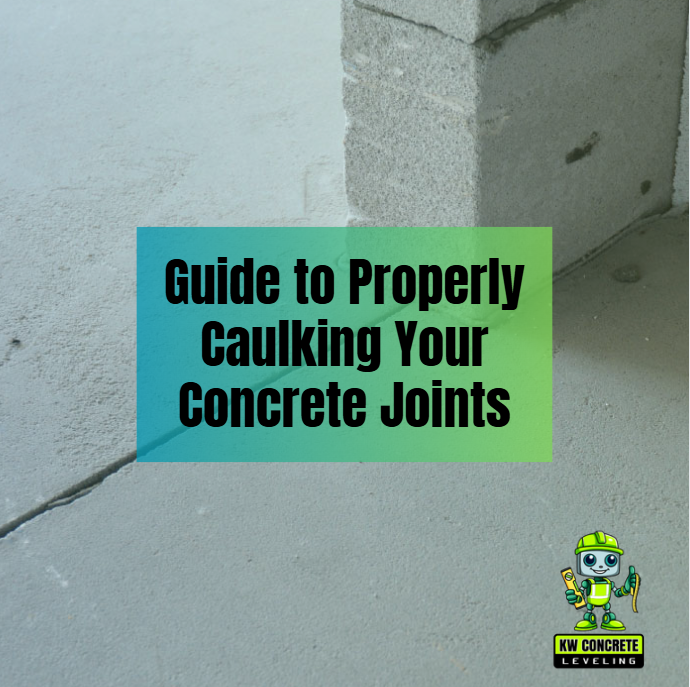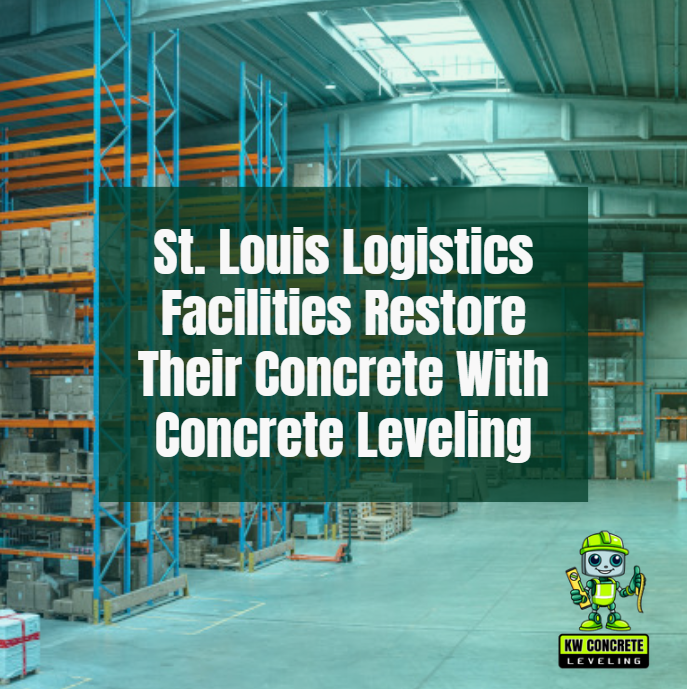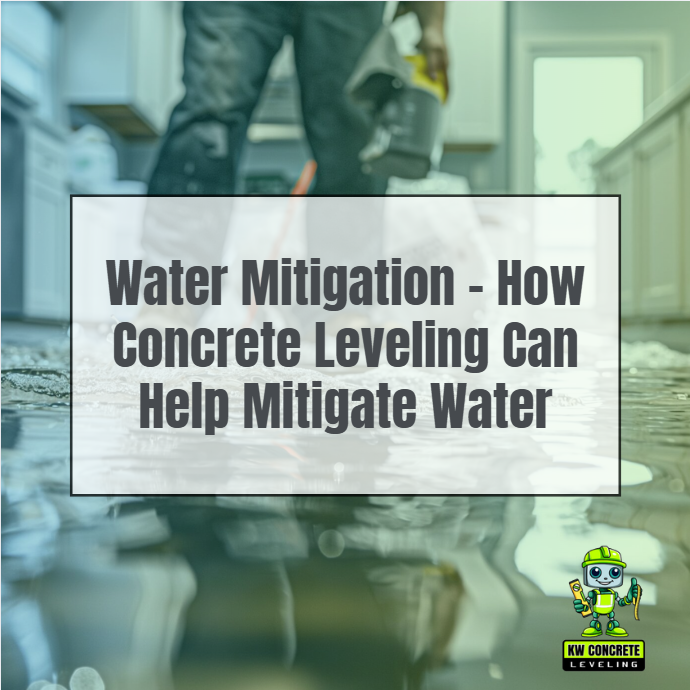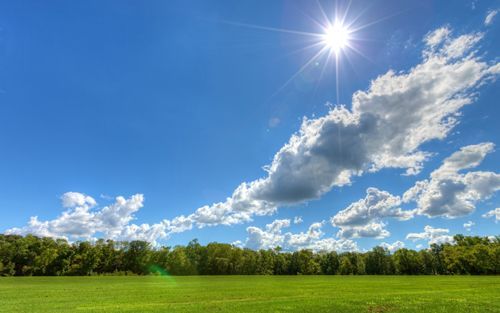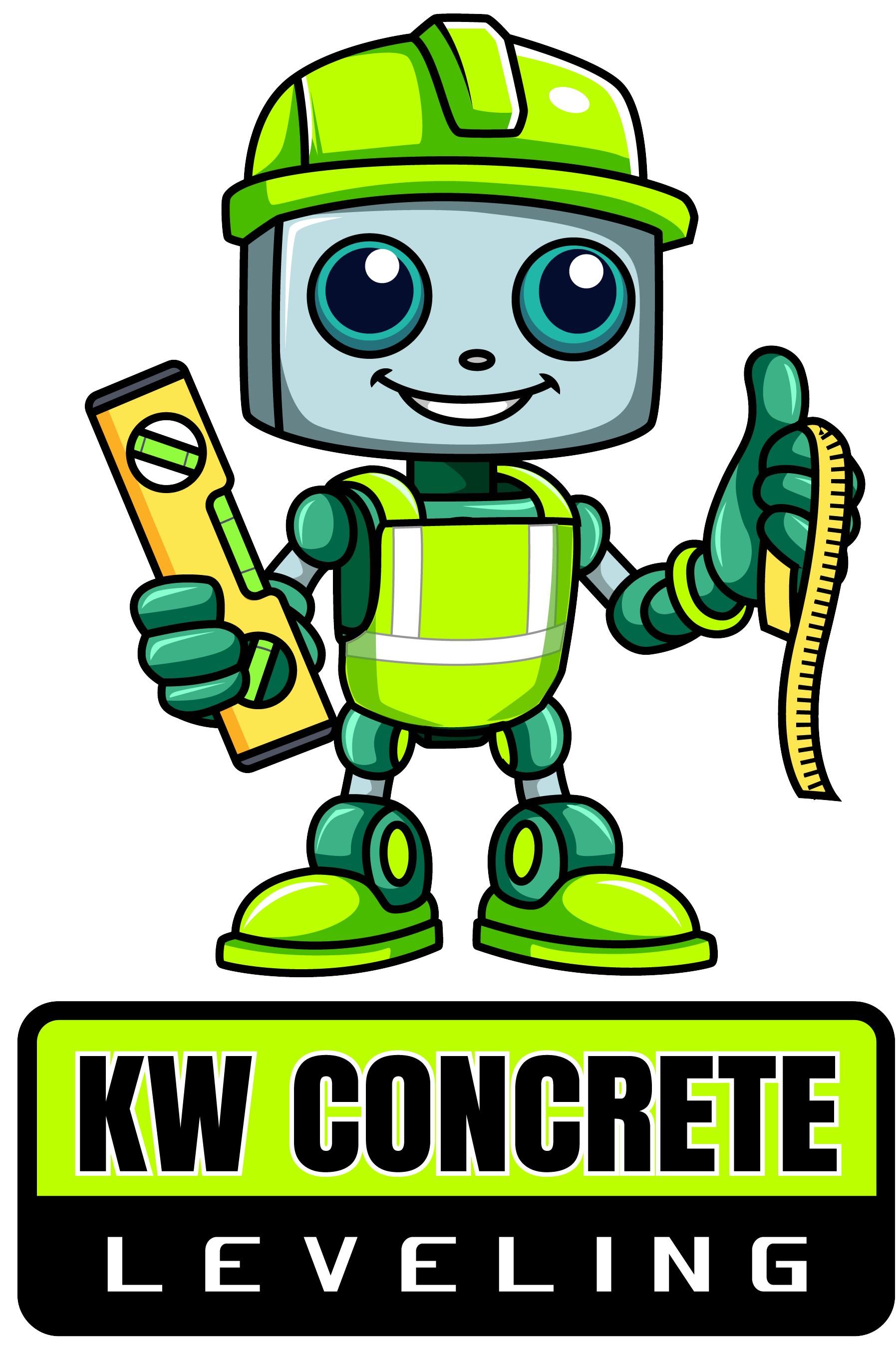Phone:
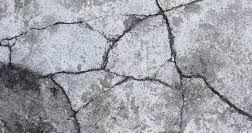
Concrete is known for its strength and durability, making it a go-to material for driveways, sidewalks, patios, and foundations. However, the toughest concrete can develop cracks over time even with proper pouring and rebar.
Cracks not only affect the appearance of concrete but can also lead to more structural issues if left untreated. Understanding the underlying causes of concrete cracking can help property owners take proactive steps to protect their surfaces.
Here, we explore the top 10 most common causes of concrete cracking and share effective prevention tips for each.
Top 10 Common Issue that Causes of Concrete Cracking
Freeze-Thaw Cycles
Causes
The freeze-thaw cycle is a major cause of concrete cracking in colder climates. This cycle begins when water enters the tiny pores and cracks in concrete and freezes when temperatures drop.
The freeze-thaw process is particularly difficult on concrete that is often exposed to moisture like driveways, sidewalks, patios along with other outdoor surfaces. The freeze-thaw effect is more severe in climates where temperatures regularly range between + and minus freezing.
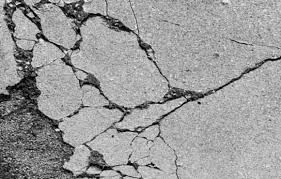
Insufficient Expansion Joints
Cause
Concrete is a rigid material that expands in heat and contracts in cold temperatures. This cycle of movement is completely natural, but when not enough expansion or control joints are in place, the concrete is less flexible to accommodate these shifts.
Without proper joints, this expansion and contraction stresses the slab itself, forming cracks as it tries to relieve the pressure.
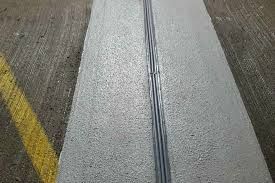
Soil Settlement
Causes
The soil beneath concrete may shift, compact, or erode away, leaving hollow spaces called voids. These voids may be brought on by natural soil settlement, water erosion, poor soil preparation, or changes in humidity.
When a concrete slab is poured over uncompacted earth or a changing ground, the ground might not have the ability to hold the weight of concrete consistently and the slab may sag, crack, or settle unevenly.
Concrete void filling services can help you resolve this issue.
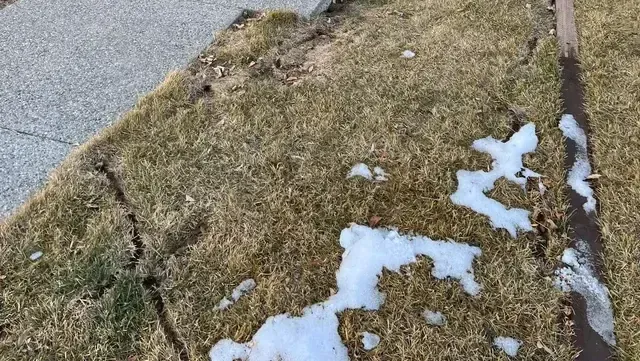
Voids in the Subsurface
Causes
Voids or gaps beneath concrete are a common but often overlooked problem that can significantly affect the stability and life of a concrete slab. These hollow spaces may develop for a variety of reasons and, if unaddressed, can cause other, sinking, and cracking structural problems in the concrete.
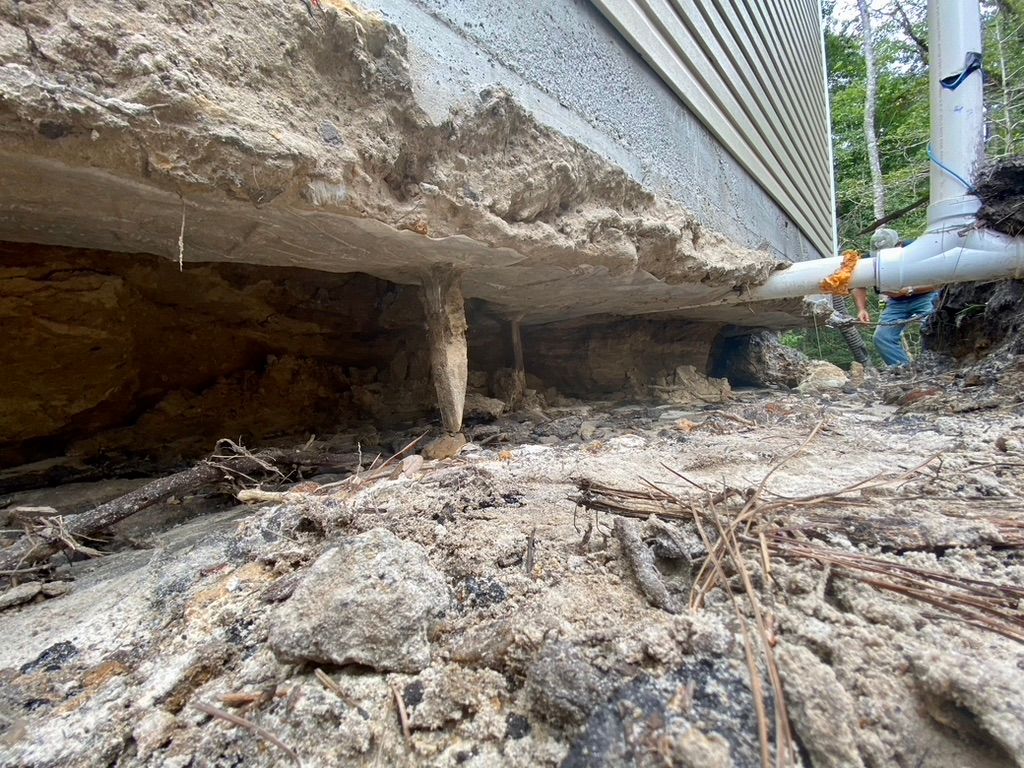
Physical Trauma
Causes
Concrete can withstand a lot of pressure and weight but can break down under sudden or intense impacts, causing cracks. Vehicles dropped heavy objects, or vibrations from nearby construction can cause damage.
This particular type of trauma is more prevalent in areas where heavy machinery operates, which includes industrial floors, loading docks and driveways that carry large equipment or vehicles. Over time, these impacts can weaken the concrete surface and internal structure, causing cracking or spalling (where bits of concrete break away).
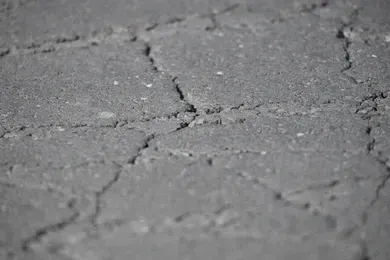
Poor Quality Concrete Mix
Causes
A poor-quality concrete mix is usually made with an incorrect water-cement ratio, poor-quality materials or inadequate curing time. Too much water in the mix makes pouring easier but the concrete is porous and susceptible to cracking.
Excess water forms tiny voids in the hardened concrete that weaken the concrete under pressure and make it weaker to environmental stress such as temperature changes and freeze-thaw cycles.
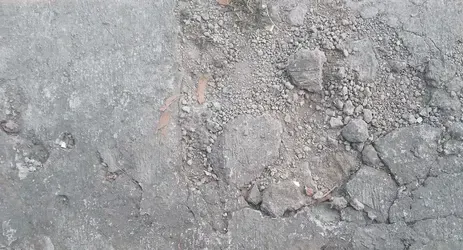
Tree Roots
Causes
Tree roots can also cause concrete damage when large trees or fast-growing species are planted near concrete surfaces such as sidewalks, driveways or patios. As trees get older, roots spread out for water, nutrients, and oxygen, often growing horizontally just below the surface. If these roots come into contact with a concrete slab, they might push up on the slab while they develop in length and girth. This pressure may eventually result in lifting, cracking, or tilting of the concrete.

Cracking in Newly Poured Concrete
Causes
When concrete is poured, water reacts with the cement to create a stable structure which could last. This process takes time and needs proper moisture to complete. However, in case the concrete dries too quickly - frequently due to environmental factors like high temperatures, strong winds or direct sunlight - it can result in shrinkage cracks.
Rapid drying makes the surface lose moisture too quickly, and the concrete stretches unevenly as it shrinks. These stresses cause surface cracks, called shrinkage cracks, to form within hours or days of pouring.
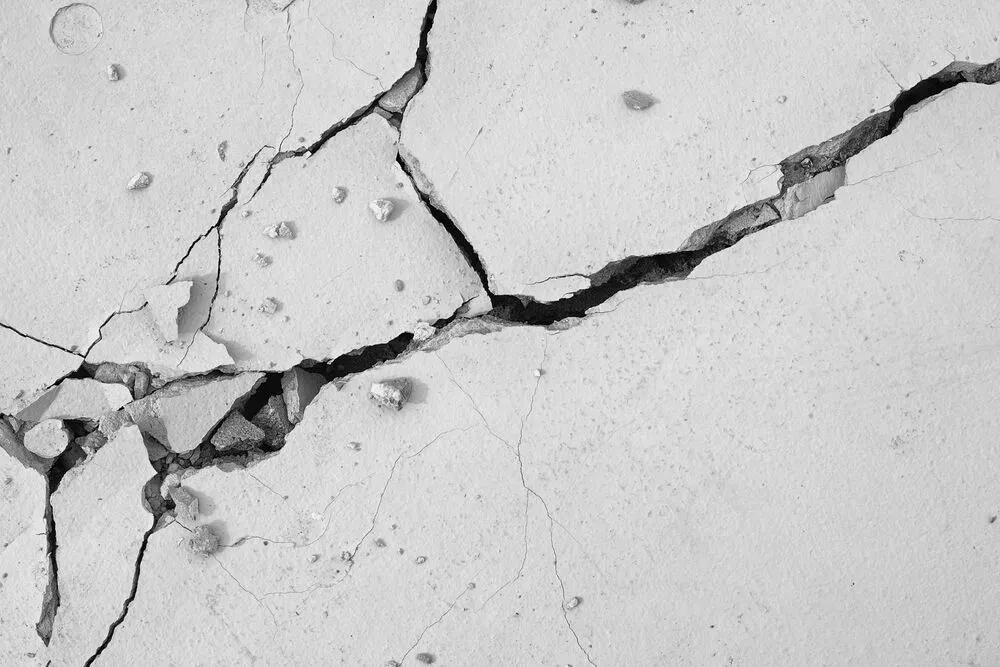
Corrosion of Reinforcing Steel
Causes
Steel rebar is used in reinforced concrete structures for strength, flexibility, and resistance to tension. However, exposure to salt and moisture exposes steel rebar to corrosion. This corrosion process has substantial implications for the structural integrity of concrete over time.

Heavy Soils and Expansive Clay
Causes
Expansive clay soils (sometimes called "shrink-swell") absorb a great deal of water. This absorption causes the soil to expand, and soil that is dehydrated shrinks dramatically.
These repeated swelling and shrinking cycles put a great deal of stress on the structure sitting on top, especially rigid materials such as concrete. This constant movement in the soil can cause cracking, buckling, and displacement in concrete slabs, driveways, and foundations.
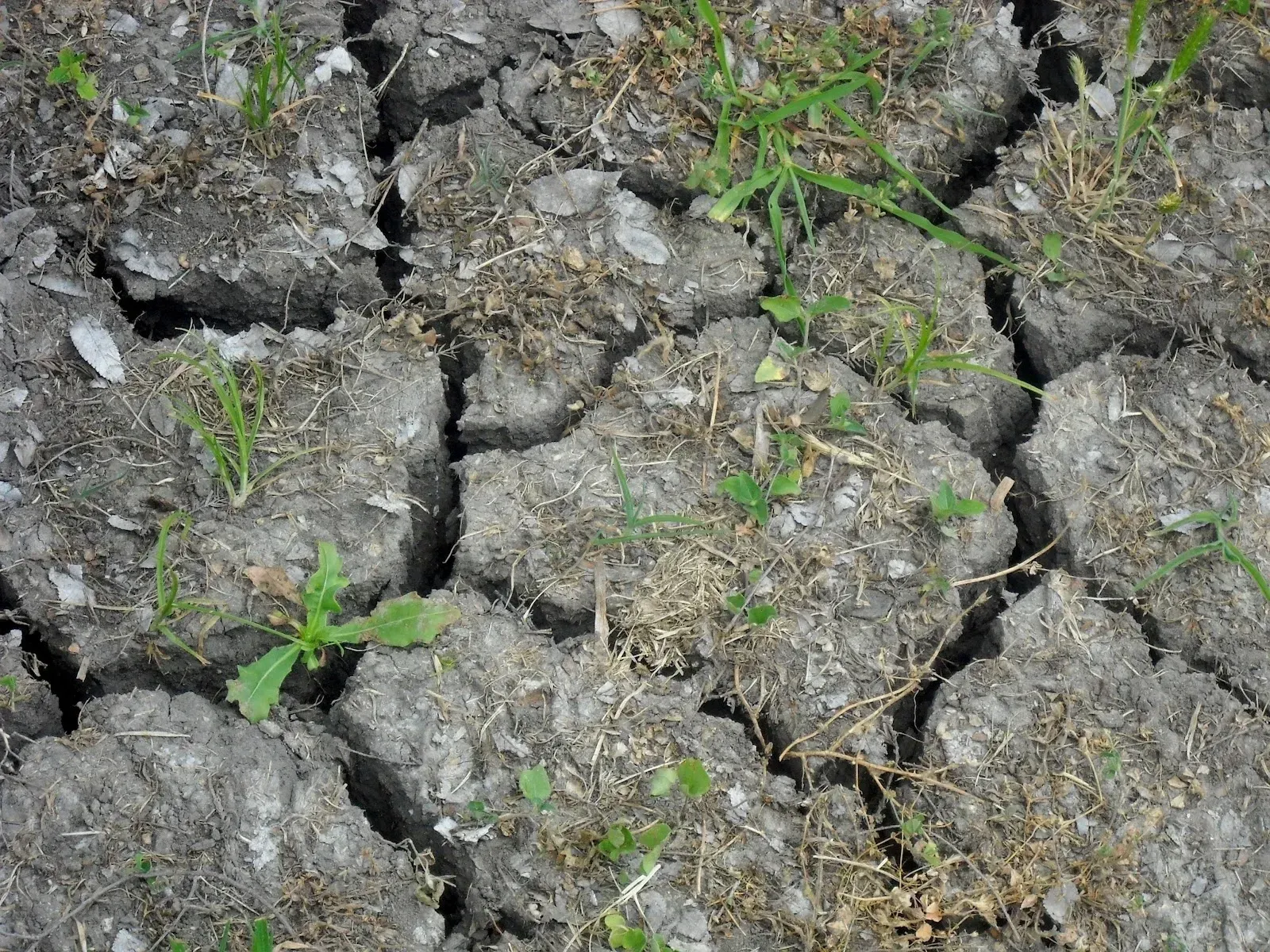
How to Address Concrete Cracks
Prevention is greatest, but learning how to fix cracks before they deteriorate is also essential. For small cracks, you can use DIY repair kits with epoxy or patching compounds. But for bigger or more complex problems, calling a concrete specialist is often the best option.
Professional assessments identify any underlying problems such as soil settlement or poor drainage and fix them along with the visible crack repair. With the right approach, property owners can keep their concrete surfaces smooth and resistant to cracking.
Whether it is preventative maintenance or professional repairs, proactive maintenance extends the life of concrete installations.
Professional Concrete Crack Repair
When it comes to repairing concrete cracks, professional services are essential. Experts in concrete leveling and crack repair use specialized equipment and techniques to fix cracks, raise settled slabs, and fill voids underneath. Polyurethane injections professionals restore the concrete's appearance and durability for many more years.
Learn more
about KW Concrete Leveling' s approach to restoring cracked or slopping concrete in and around the St. Louis, MO area.
Call For An Estimate!
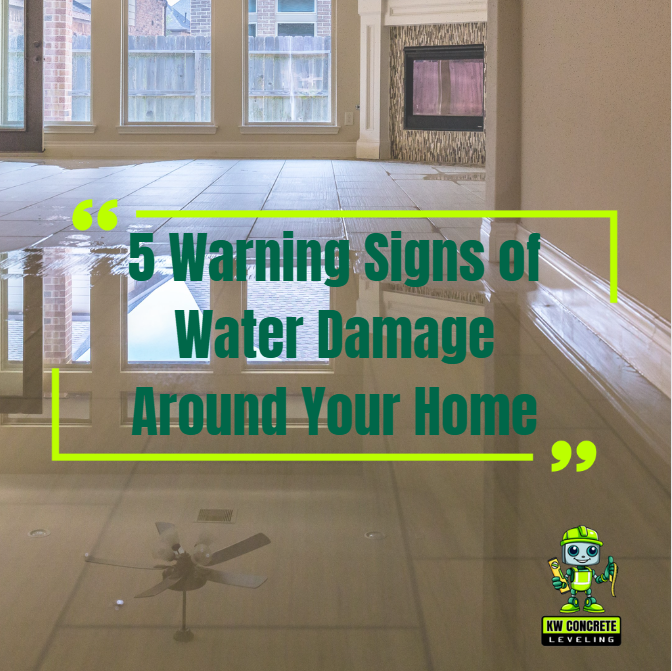
Quick Links
Contact Details
Phone: 314-661-5440
Location: St. Louis Missouri
Hours:
- Mon - Fri
- -
- Sat - Sun
- Closed
Privacy Policy | Terms & Conditions
All Rights Reserved | KW Concrete Leveling in St. Louis
